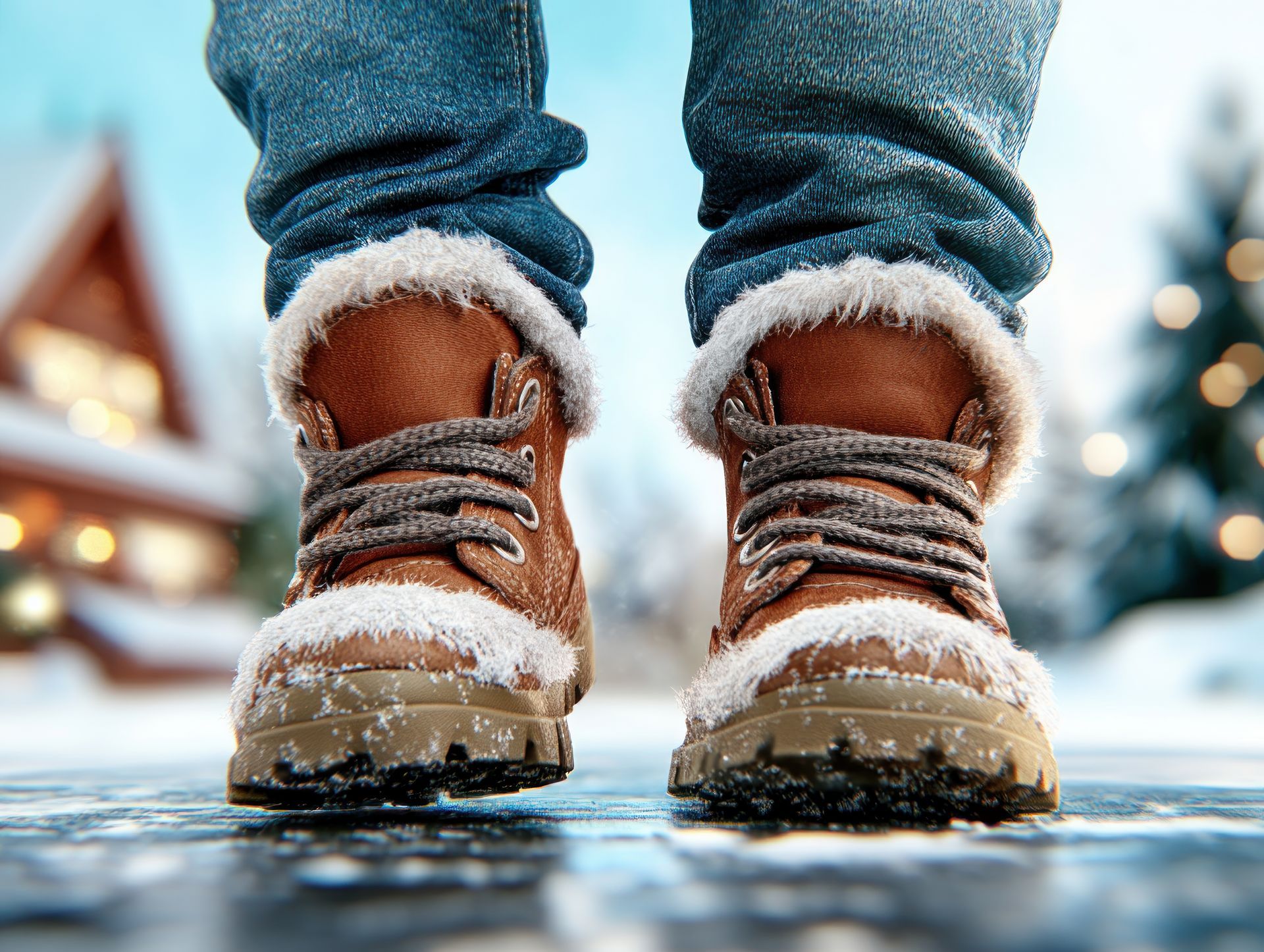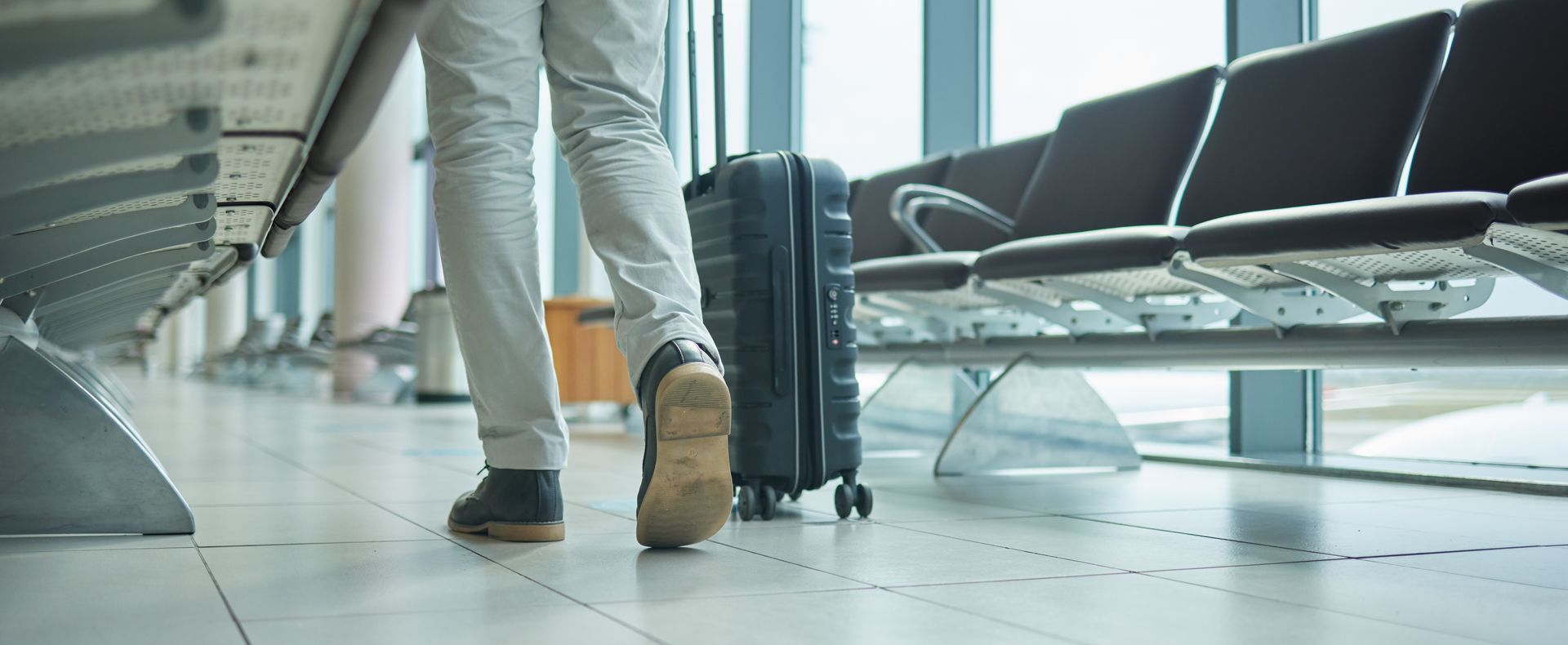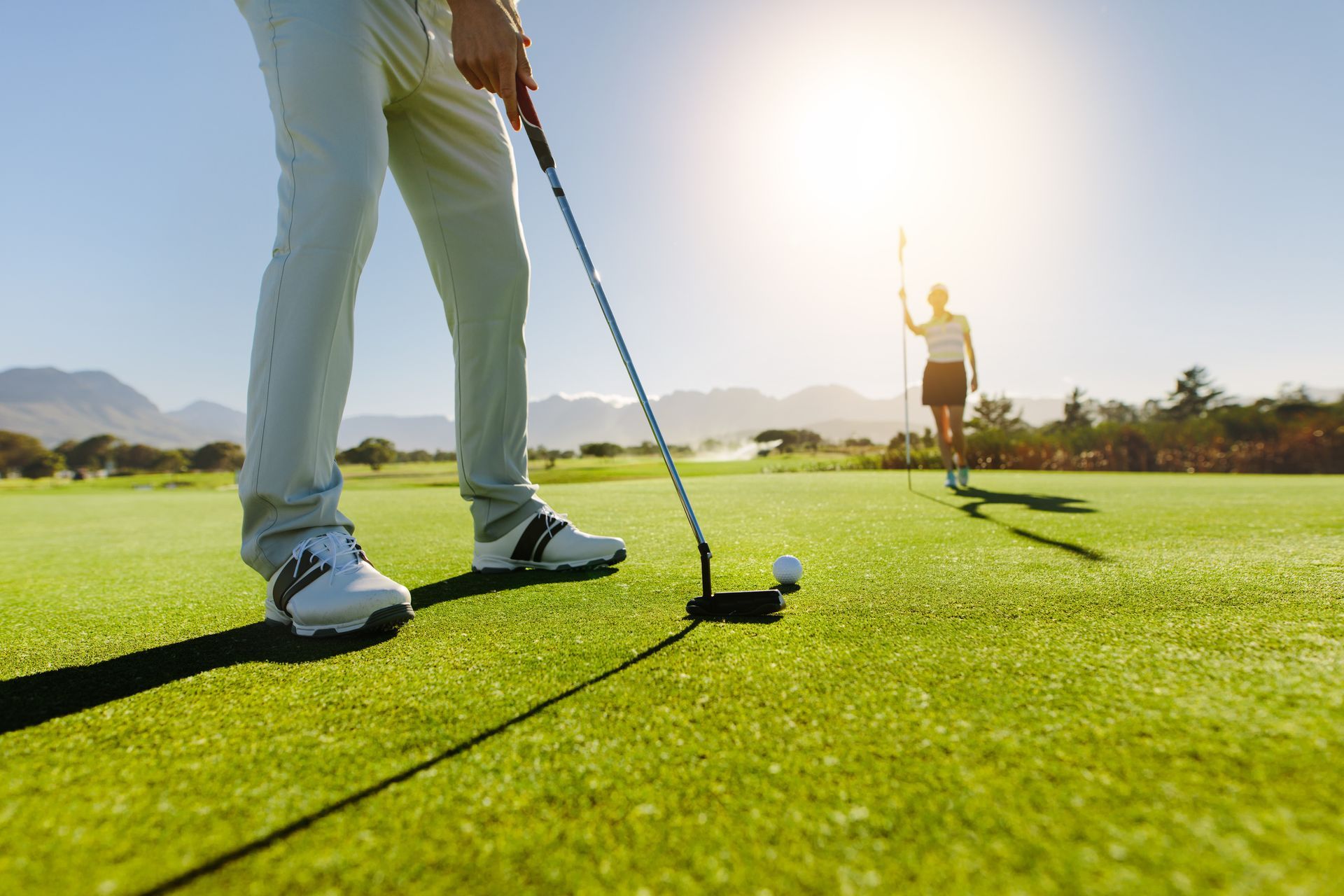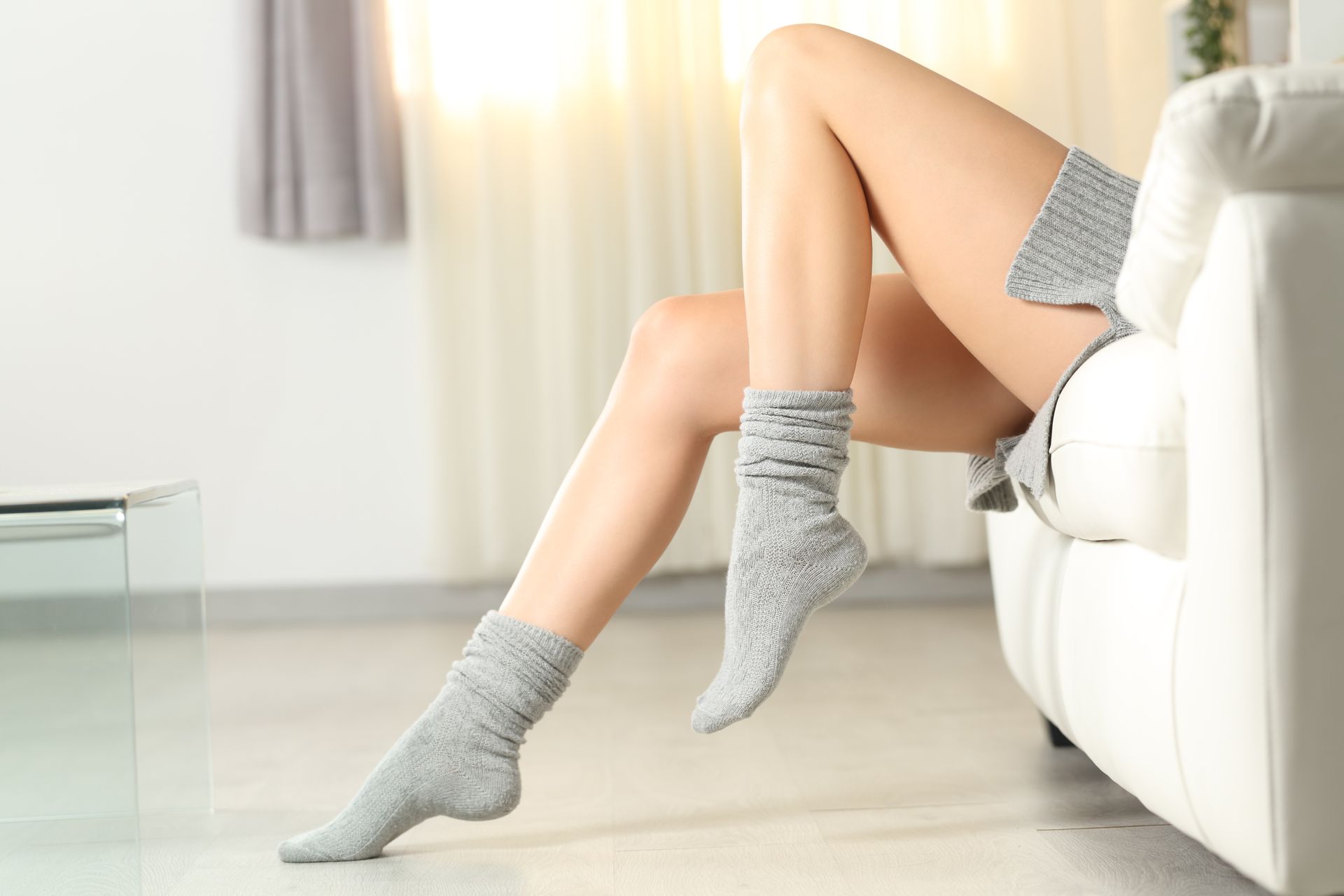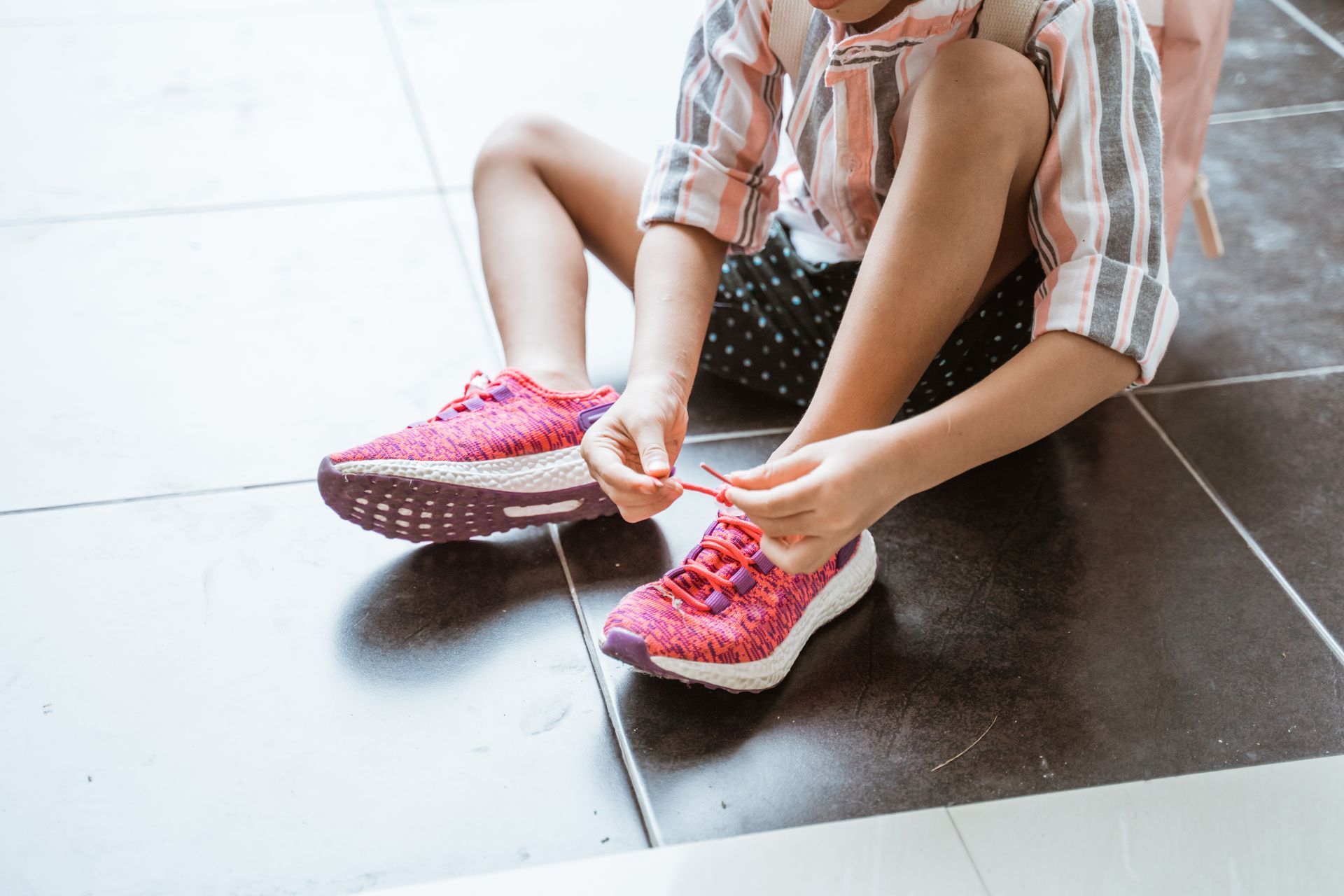Summer Foot Care: Preventing Common Outdoor Injuries | Family Foot & Ankle Ocala
Key Points
- Summer foot injuries like blisters, cuts, and sprains are largely preventable with proper footwear and preparation
- Wearing proper supportive footwear is essential, as flip-flops and poor-fitting shoes increase injury risk
- Moisture and friction are the primary causes of summer blisters - keep feet dry and choose well-fitting shoes
- Active kids are more susceptible to foot and ankle pain from lack of protection and overuse injuries
- Sunscreen on feet, staying hydrated, and wearing protective footwear around pools prevent many summer injuries
Summer is calling, and your feet are ready to answer! Whether you're planning beach volleyball tournaments, hiking adventures, or simply enjoying backyard barbecues, your feet will be working overtime during these active months. But here's the reality: summer activities often lead to foot pain and injuries when people wear sandals, go barefoot, or suddenly increase their activity levels after being less active during colder months.
The good news? Most summer foot injuries are completely preventable with the right knowledge and preparation. Let's dive into how you can protect your feet from common outdoor injuries and keep them healthy all season long.
Why Summer Spells Trouble for Your Feet
Warm weather inspires the sleeping athlete in us all, but this sudden surge in activity comes with risks. Your feet, which may have been cozy in supportive winter boots for months, suddenly find themselves exposed to new challenges: hot pavement, sandy beaches, rocky trails, and those trendy but unsupportive summer shoes.
We often see people develop problems when they wear sandals or go barefoot, or when they increase their activities after being less active during the colder months, explains foot care expert Dr. Adam Tenforde from Harvard-affiliated Spaulding Rehabilitation Hospital.
Think about it – you wouldn't run a marathon without training, so why subject your feet to intense summer activities without proper preparation?
The Most Common Summer Foot Injuries (And How to Dodge Them)
Blisters: The Summer Spoiler
Blisters are tiny fluid-filled pockets that typically develop on skin areas subjected to friction, including the toes, heel, ball of the foot, or sole. They're caused by the perfect storm of friction, heat, and moisture – exactly what summer activities provide in abundance.
How to Prevent Blisters:
- Wear comfortable, well-fitting footwear made from breathable materials
- Choose synthetic socks over cotton, as cotton retains sweat, which softens skin and makes it more prone to blistering
- Keep an eye out for a red spot on the skin, typically at the back of the heel, the instep, or the toes. This is known as a "hotspot" and is the earliest warning sign of an imminent blister
- Break in new shoes gradually to give your feet time to adjust, and use moleskin or blister pads on areas prone to friction
Pro Tip: If you get a blister, it will drain naturally. Don't squeeze or pop it. Instead, protect it with a bandage while it heals.
Cuts and Puncture Wounds: Hidden Dangers Everywhere
Summer activities often take us to unfamiliar terrain where sharp objects, broken glass, or rough surfaces lurk. Active kids are more susceptible to foot and ankle pain from lack of protection and overuse injuries or ailments, including puncture wounds, but adults aren't immune either.
Prevention Strategies:
- Wear shoes or flip-flops in areas like the pool, beach, locker room, and hotel bathrooms to prevent injuries and reduce the risk of bacterial infections.
- Never go completely barefoot in public areas
- When engaging in water activities, water shoes offer protection from sharp objects, rocks, and potential injuries
- Inspect your feet daily for any cuts or foreign objects
Ankle Sprains: When Fun Takes a Tumble
Summer sports and outside play also increase the chance of a sprained ankle, especially if you're barefoot or wearing inappropriate footwear. Repeated or untreated sprains can cause chronic ankle instability, so prevention is crucial.
Sprain Prevention:
- Warm up before physical activity, focusing on stretching and strengthening the muscles in your feet and ankles
- Choose supportive footwear appropriate for your activity
- Be extra cautious on uneven surfaces like sand, rocks, or trails
- If you do sustain a sprain or strain, remember the RICE method: Rest, Ice, Compression, and Elevation
Sunburn: Don't Forget Your Feet!
Excessive sun exposure can lead to painful sunburns on your feet, making walking uncomfortable. Your feet are often forgotten in sunscreen application, yet they're just as vulnerable as the rest of your skin.
Sun Protection for Feet:
- Remember to apply sunscreen all over your feet, especially the tops and fronts of ankles, and don't forget to reapply after you've been in the water
- Be cautious when walking barefoot on hot surfaces, such as sand or pavement, as it can cause burns or blisters
- Consider UV-protective footwear for extended outdoor activities
Plantar Fasciitis: When Summer Fun Becomes Summer Pain
Plantar fasciitis is a condition marked by inflammation of the tissue linking the heel to the toes, which can worsen in the summer as physical activity levels rise. This is particularly common when individuals abruptly increase their activity levels.
Prevention Tips:
- Choose footwear that offers adequate arch support and cushioning. Steer clear of walking barefoot on hard surfaces, and select shoes with shock-absorbing soles.
- Gradually increase your activity level rather than jumping into intense summer sports
- Stretching exercises for the calves and feet can help reduce tension in the plantar fascia.
The Summer Footwear Guide: What to Wear When
Not all summer shoes are created equal, and the wrong running shoe can cause injuries that can ruin the rest of your summer. Here's your guide to choosing the right footwear for different activities:
For Beach and Pool Activities
- Water shoes offer protection from sharp objects, rocks, and potential injuries. Their quick-drying materials and traction soles enhance safety and comfort around wet environments
- Flip-flops are acceptable for short walks to and from the water, but not for extended wear
For Hiking and Outdoor Adventures
- Closed-toe shoes with good ankle support
- Check the thickness of your soles. According to a recent study from the University of Florida, runners wearing thick-heeled sneakers were more likely to get injured than those wearing flatter shoes
- Moisture-wicking socks to prevent blisters
For Running and Exercise
- Get a shoe that fits well so your heel isn't slipping and your toes are not rubbing against the front of the shoe
- Your shoes should have a finger's width of space between the end of your toe and the end of your shoes to allow your feet to expand while exercising
- Replace athletic shoes every 6 months or 500 miles
For Casual Summer Wear
- Choose shoes made from breathable materials to promote air circulation and reduce moisture buildup. This helps prevent bacterial and fungal infections, such as athlete's foot
- Avoid wearing the same shoes daily – rotate between pairs to allow them to dry completely
Essential Summer Foot Care Habits
Daily Hygiene and Inspection
Practicing good foot hygiene and self-care can help prevent summer-related foot and ankle issues. Regularly moisturizing the feet, trimming toenails properly, and inspecting for signs of infection or injury are essential habits for maintaining foot health.
Hydration and Heat Management
Make sure to drink plenty of water throughout the day to stay hydrated. Not only is water essential for your overall health, but it can also reduce foot swelling that may occur due to the heat.
To promote circulation, remember to do ankle flexes, wiggle your toes, and stretch your calves periodically, especially if you're sitting or standing for an extended period in warm weather.
Gradual Activity Increase
When transitioning from winter footwear to summer shoes, it is important to allow the skin, feet, and ankles time to adapt. Gradually introduce new footwear styles to minimize the risk of discomfort or injury.
Start with shorter activities and gradually build up your endurance. Make sure you don't increase your mileage or duration by more than 10% a week, especially if you're running.
When Summer Fun Turns Serious: Recognizing Red Flags
While most summer foot issues are minor and treatable at home, some situations require professional attention. Seek immediate medical care if you experience:
- Signs of infection: redness, warmth, pus, or red streaks
- Severe pain that doesn't improve with rest
- Swelling and bruising that could indicate a more serious injury
- Deep cuts or puncture wounds
- Persistent pain lasting more than a few days
Special Considerations for Active Families
Proper footwear is essential to prevent injuries for children. The American College of Foot and Ankle Surgeons tells us that active kids are more susceptible to foot and ankle pain from lack of protection and overuse injuries.
Family Summer Foot Safety Tips:
- Ensure children have properly fitting athletic shoes for sports and activities
- While flip-flops are not made for running or sports, they can help prevent puncture wounds from hidden dangers such as sticks and glass in grass or in the sand
- Teach kids to check their feet daily for cuts, blisters, or other issues
- Apply sunscreen to children's feet and reapply frequently
FAQs About Summer Foot Injuries
What should I do if I get a blister during a summer activity?
If you get a blister, it will drain naturally. Don't squeeze or pop it. If your blister is bothering you, wear open shoes or shoes that don't rub against it. Protect the blister as it heals with a bandage or a bit of padded tape with a hole cut out to accommodate it.
Are flip-flops really that bad for my feet?
Flip-flops are notorious for breaking or falling off. Flip-flops, sandals, and mules are the most dangerous choices, if you can't keep them on, they can end up caught or stuck under the pedals when driving. For walking, they provide minimal support and can lead to strain and injuries with extended wear.
How can I prevent athlete's foot during humid summer months?
Choose shoes made from breathable materials to promote air circulation and reduce moisture buildup. This helps prevent bacterial and fungal infections, such as athlete's foot. Also, change socks frequently and avoid walking barefoot in public areas.
When should I see a podiatrist for summer foot pain?
If pain has been persistent for more than two weeks even though you've been resting, icing and limiting your physical activity, it's time to have your injury looked at. Don't wait if you notice signs of infection or severe injury.
Can I prevent plantar fasciitis if I'm increasing my summer activities?
Yes! Wear shoes that provide proper arch support and cushioning. Avoid walking barefoot on hard surfaces and opt for shoes with shock-absorbing soles. Stretching exercises for the calves and feet can also help alleviate tension in the plantar fascia.
FAQs About Family Foot & Ankle
What makes Family Foot & Ankle different from other podiatry practices in Ocala?
At Family Foot and Ankle, our commitment is to provide exceptional podiatry care to our community in Ocala, FL. We prioritize building trust and ensuring our patients feel comfortable throughout their healthcare journey. Our dedicated team of doctors actively listens to individual needs, tailoring care options for each patient.
Do you offer same-day appointments for urgent foot injuries?
Yes! Same-day appointments possible! We understand that foot injuries can happen suddenly during summer activities, and we're here to help when you need us most.
What types of foot and ankle conditions do you treat?
We offer comprehensive foot and ankle care in the Ocala, FL area. Some of the problems we treat include bunions, diabetic foot care, sports injuries, neuromas, bracing, hammertoes, heel pain, fungal nails, and more.
Who are the doctors at Family Foot & Ankle?
Our practice is led by board-certified podiatrists Dr. Sheila Noroozi, FACFAS, a highly qualified podiatrist with a diverse background, currently running her practice in Ocala, FL, and Dr. Shabana Ali, DPM, AACFAS, a UCF graduate with a Doctorate in Podiatric Medicine from Barry University, who completed her surgical residency at Memorial Healthcare Systems.
What are your office hours and location?
We're located at 2825 SE 3rd Court, Ocala, FL 34471. Our office hours are Monday through Friday: 8AM - 4:30PM, and we're closed weekends. You can reach us at (352) 867-0024.
Do you accept insurance?
We accept Medicare and Medicaid, and we're accepting new patients. Please call our office to verify your specific insurance coverage.
Make This Your Best Summer Yet
Summer should be about making memories, not nursing foot injuries. By following these prevention strategies and choosing appropriate footwear for your activities, you can keep your feet healthy and happy all season long.
The aim of Family Foot and Ankle is to provide excellent podiatry care and education to our patients in the Ocala, Florida and surrounding areas. We want our patients to feel comfortable knowing they can turn to doctors they can trust. Our doctors and staff take time to listen to our patients and implement the best care options for the individual.
Remember, your feet carry you through life's adventures – treat them with the care and respect they deserve. Whether you're dealing with a current foot issue or want to prevent future problems, our team is here to help you step confidently into summer.
Don't let foot pain sideline your summer fun. Call Family Foot & Ankle at (352) 867-0024 or visit
familyfootankle.org to schedule your appointment today. Your feet will thank you!
